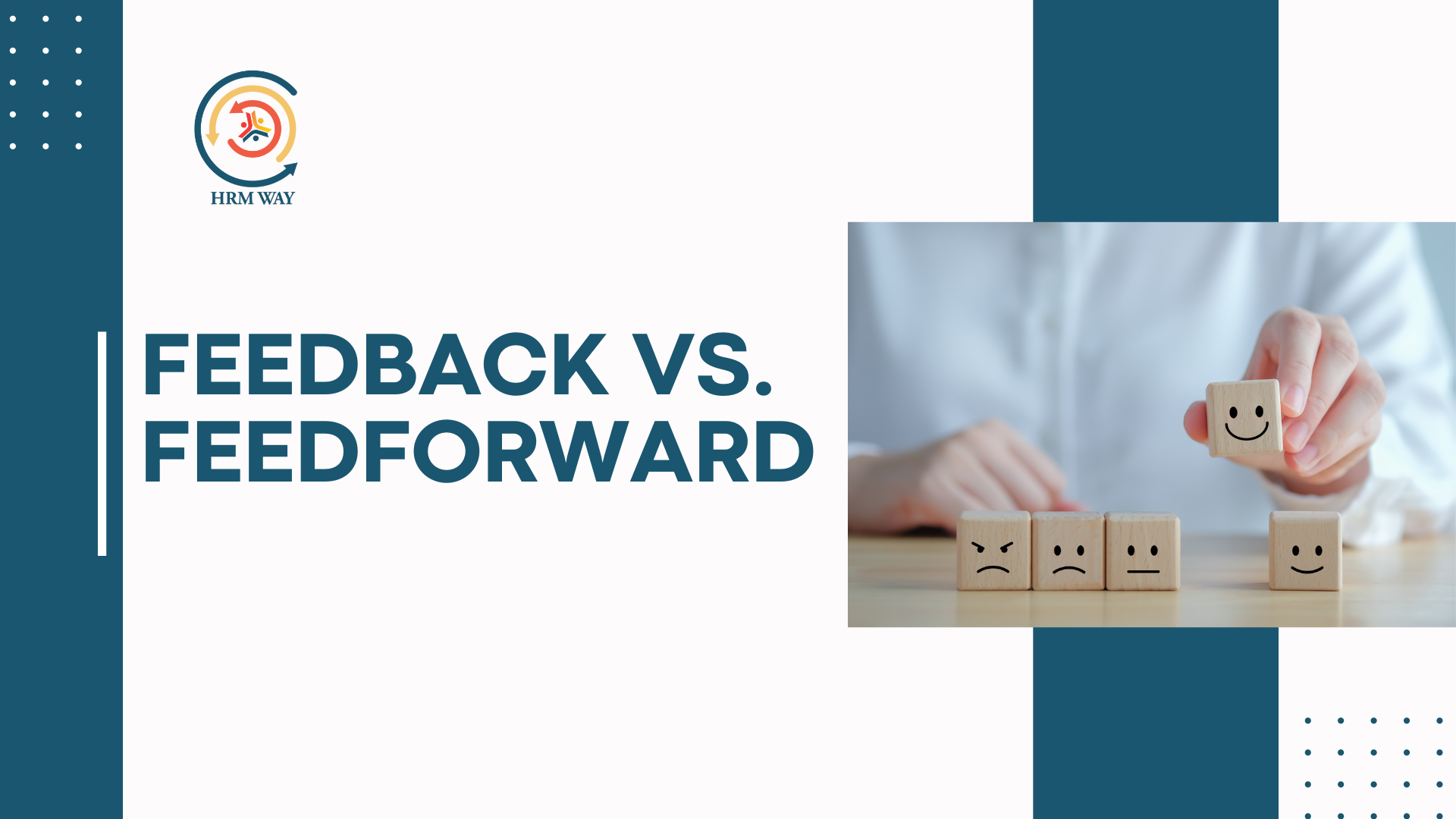In today’s fast-paced world, continuous improvement is key. Whether in the workplace, classroom, or on a personal level, we all strive to learn and grow. Traditionally, feedback has been the go-to method for development. However, a more future-focused approach called feedforward is gaining traction, offering significant advantages.
Feedback, while valuable, is inherently rooted in the past. It analyzes what has already been done, identifying strengths and weaknesses. While feedback can highlight areas for improvement, it can also lead to feelings of defensiveness or judgment. Furthermore, focusing solely on the past can be time-consuming.
Shifting Gears: From Feedback to Feedforward for a More Motivating Future
Here are some key differences between feedback and feedforward:
- Emphasis: Feedback is focused on the past, while feedforward is focused on the future.
- Content: Feedback critiques previous work, while feedforward offers suggestions on what to do next time.
- Goal: Feedback describes what has happened, while feedforward provides ideas on how to improve.
- Focus: Feedback looks at what went well and what didn’t, while feedforward is on how you can develop and progress.
- Delivery: The person giving feedback does most of the work in a feedback session, while the person receiving the feedback does most of the work in a feedforward session.
- Impact: Feedback can highlight errors, which can lead to people feeling judged. Feedforward asks questions such as “What would you do differently next time?” which can be less time-consuming and keep the emphasis on the task, not the person.
- Outcome: Feedback can be time-consuming, while feedforward leverages time effectively. Feedback can lead to people feeling judged and defensive, while feedforward motivates the person receiving the comments as it focuses on strategy.
The Power of Feedforward
Enter feedforward. This approach takes the concept of feedback and flips it on its head. Instead of dwelling on what’s done, feedforward asks: “What can we do differently next time?” This simple shift in focus fosters a more positive and solution-oriented environment.
Here’s how feedforward shines:
- Future-Oriented: Feedforward keeps the eye on the prize – progress. By brainstorming strategies for future success, it fosters a sense of agency and empowers individuals to take control of their development.
- Actionable: Feedforward doesn’t just identify issues; it provides concrete suggestions for improvement. This actionable approach equips individuals with the tools they need to excel.
- Motivational: The focus on future improvement inherently motivates the receiver. Instead of feeling judged, they feel empowered to learn and grow.
- Collaborative: Effective feedforward sessions are a two-way street. The facilitator asks questions, encouraging the receiver to identify their own strengths and areas for development. This collaborative approach fosters ownership and accountability.
Implementing Feedforward
The good news is that incorporating feedforward into your communication style is easy. Here are some tips:
- Focus on Goals: Frame discussions around desired future outcomes. Instead of saying, “That presentation could have been better organized,” ask, “How can we make your next presentation even more impactful?”
- Ask Questions: Empower the receiver by asking questions that prompt them to identify their own areas for improvement and brainstorm solutions.
- Offer Resources: Provide additional resources or opportunities for skill development to support their goals.
By shifting from feedback to feedforward, we can create a more positive and productive environment that fosters growth and motivation. So next time you have the opportunity to provide guidance, try flipping the script and see the power of a future-focused approach.
